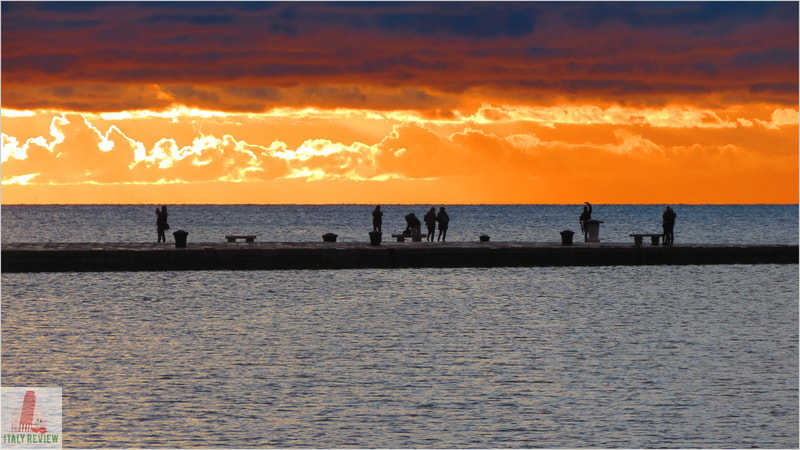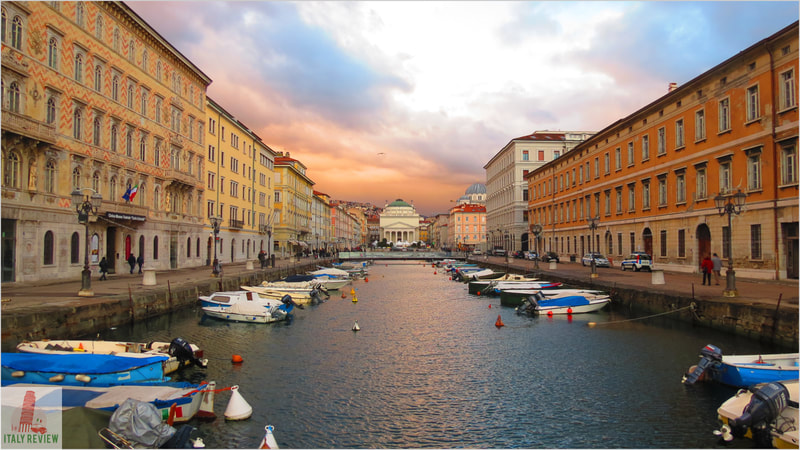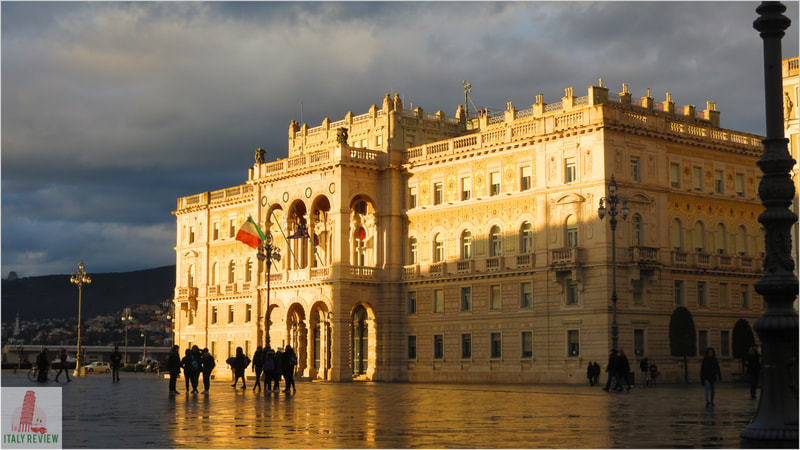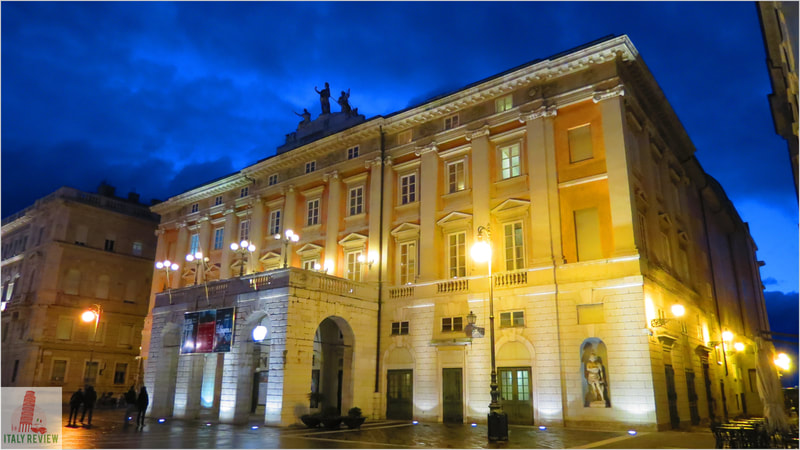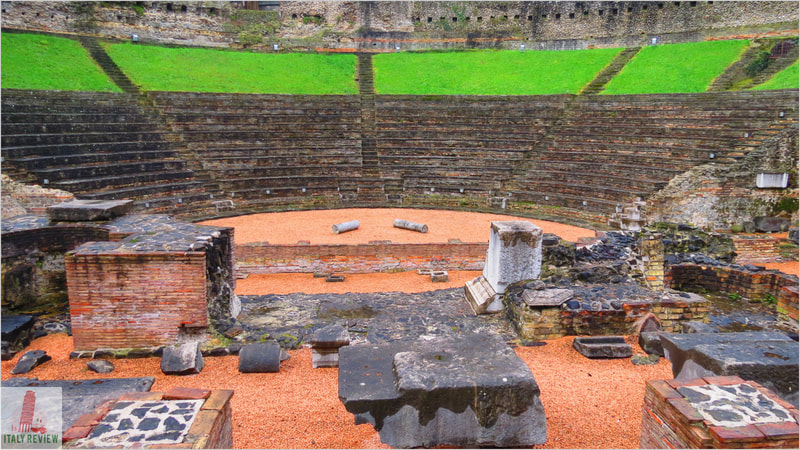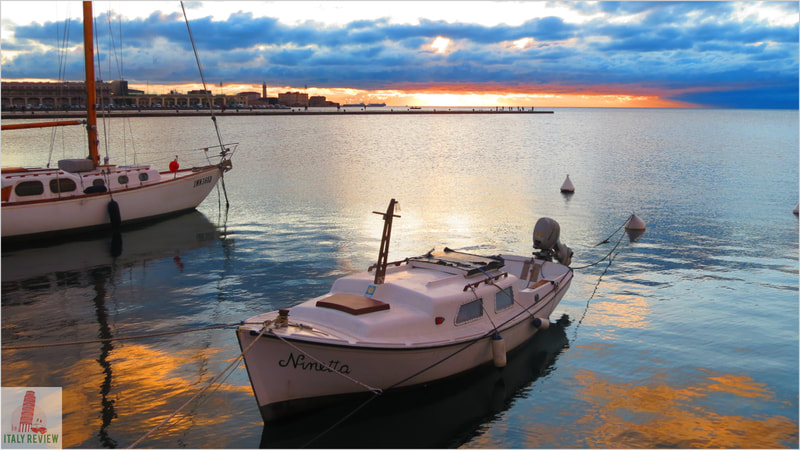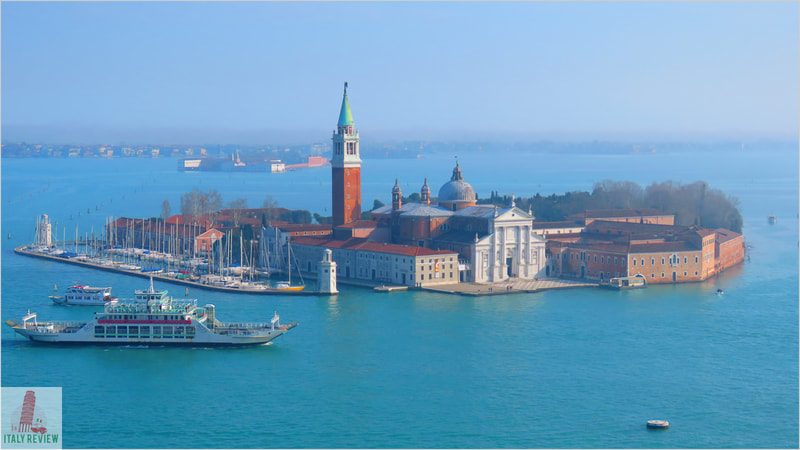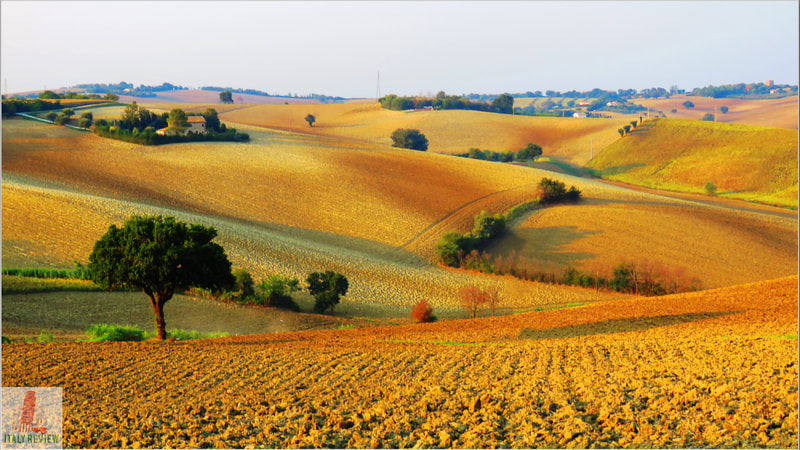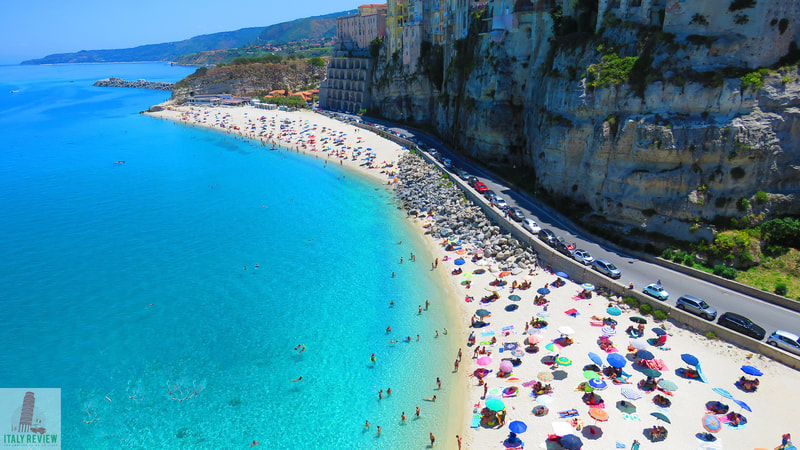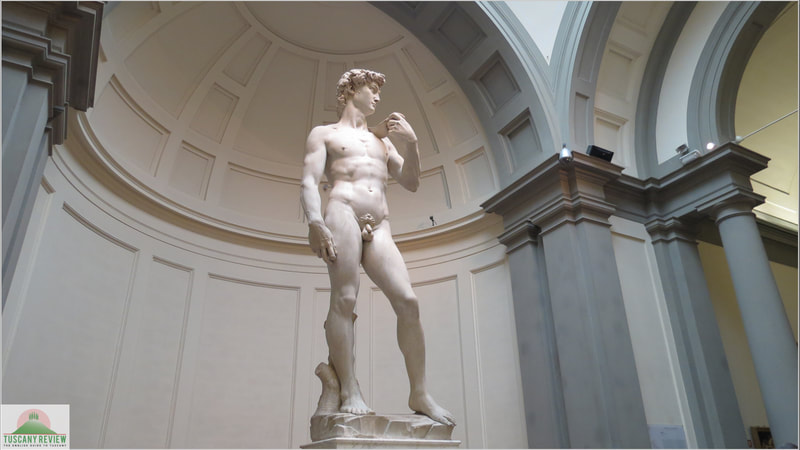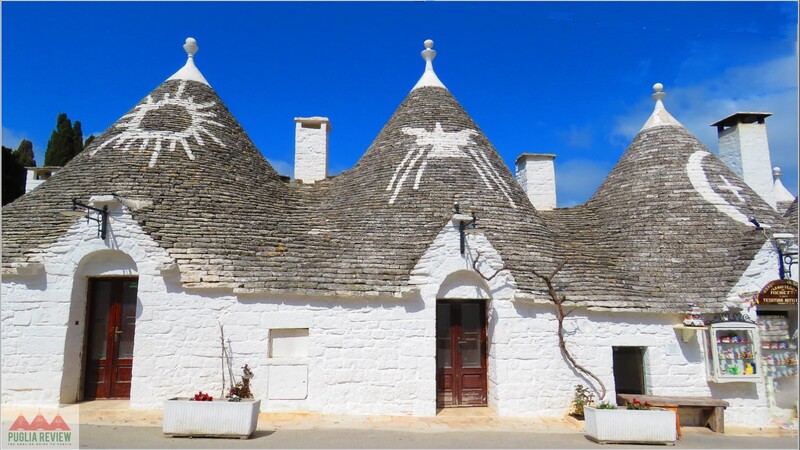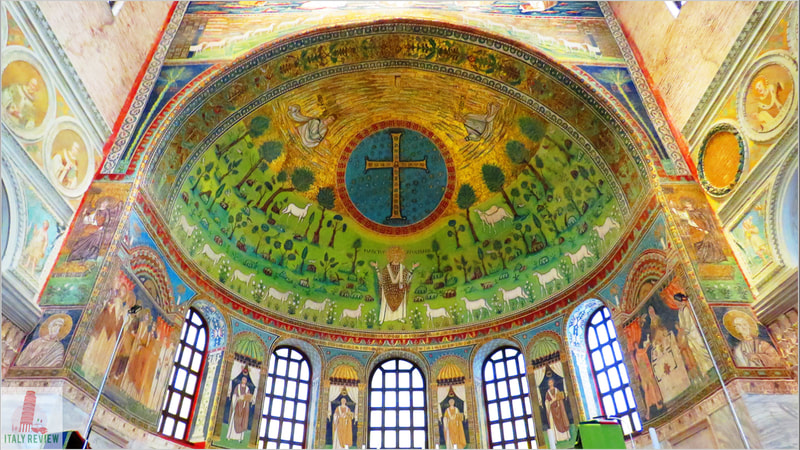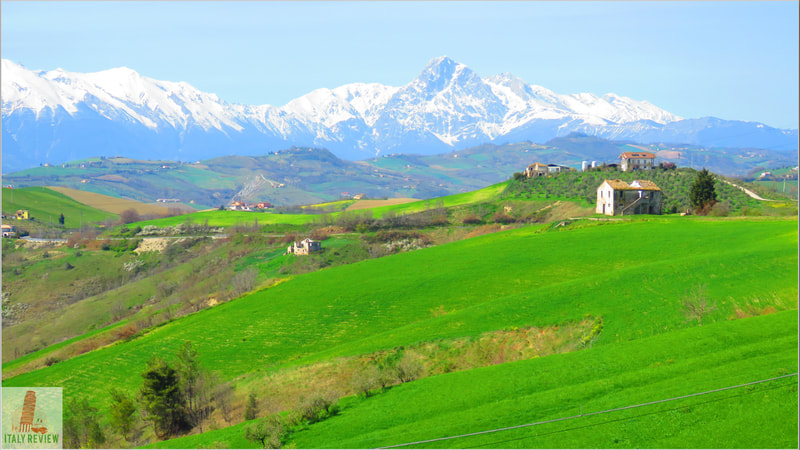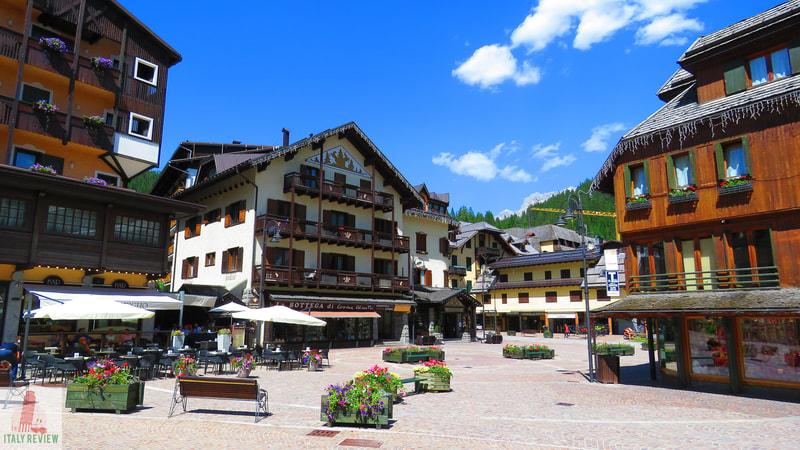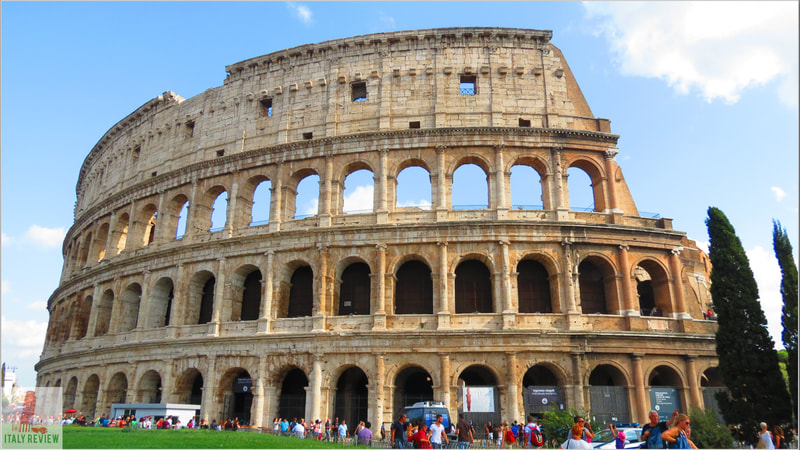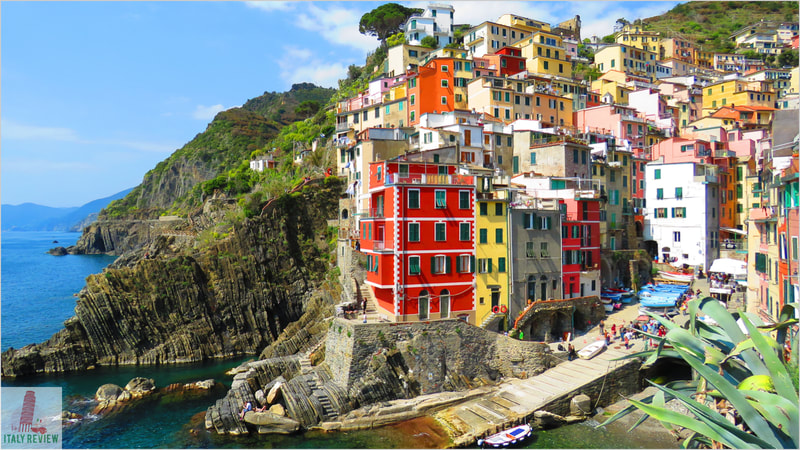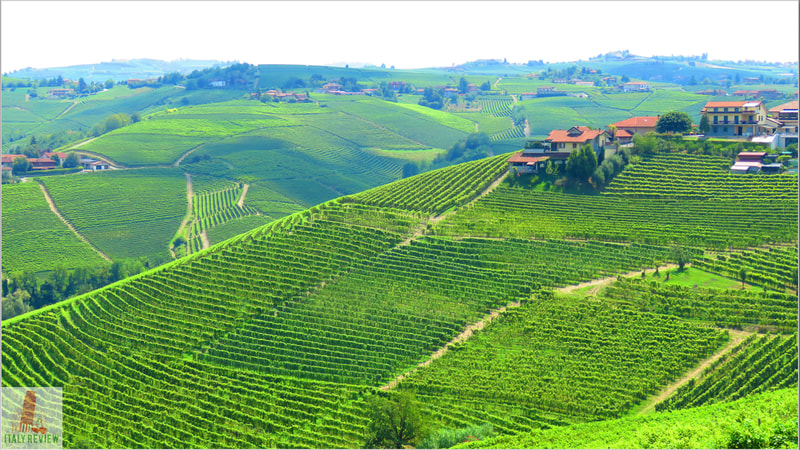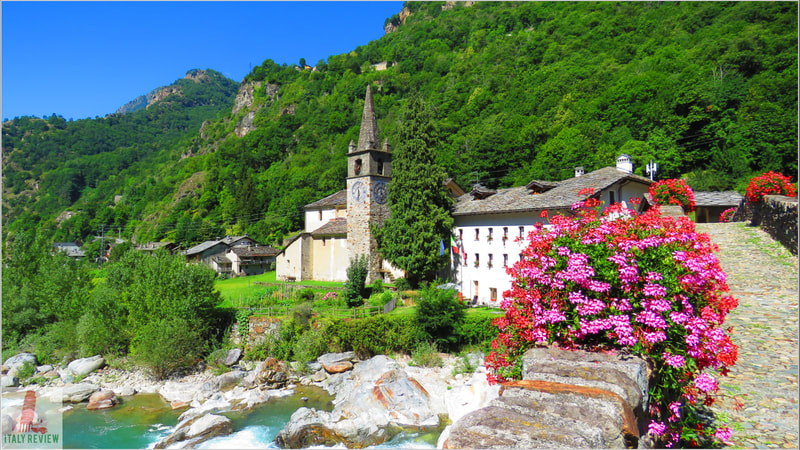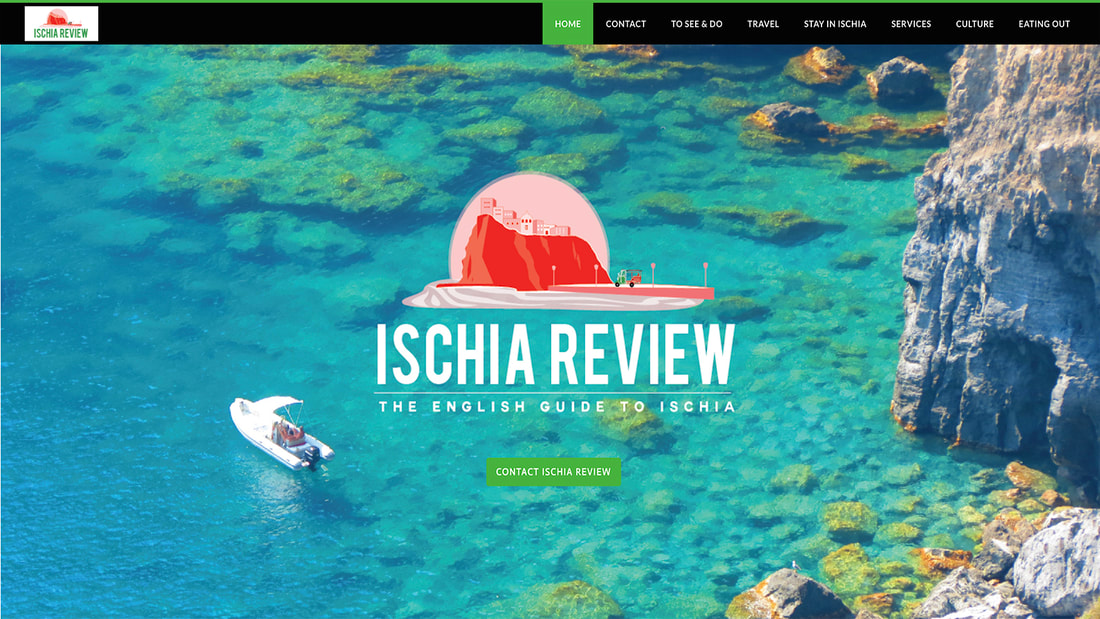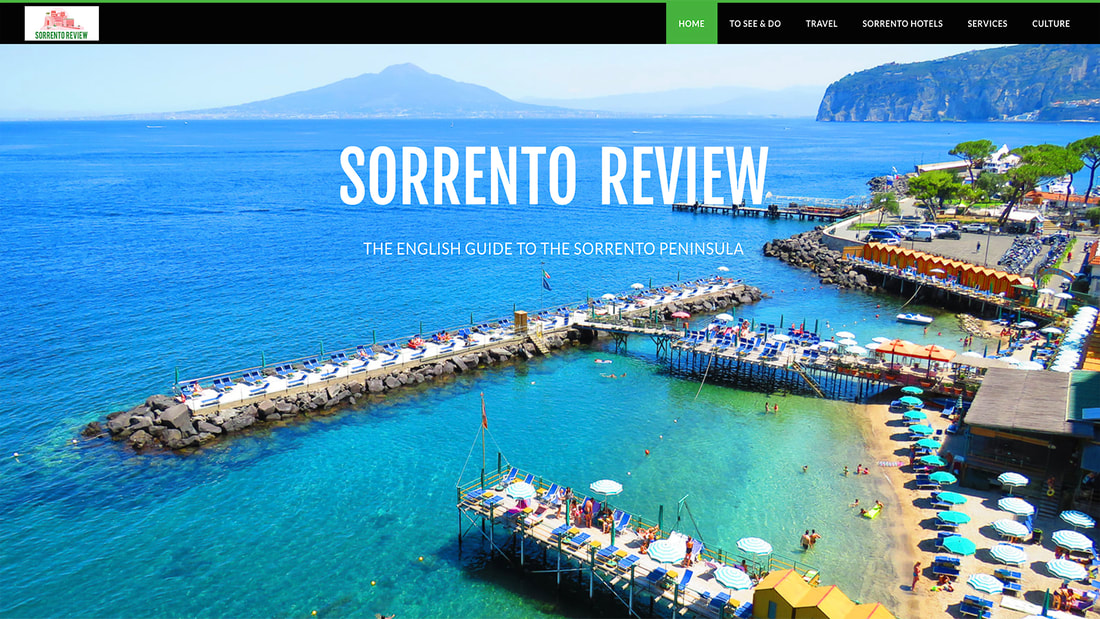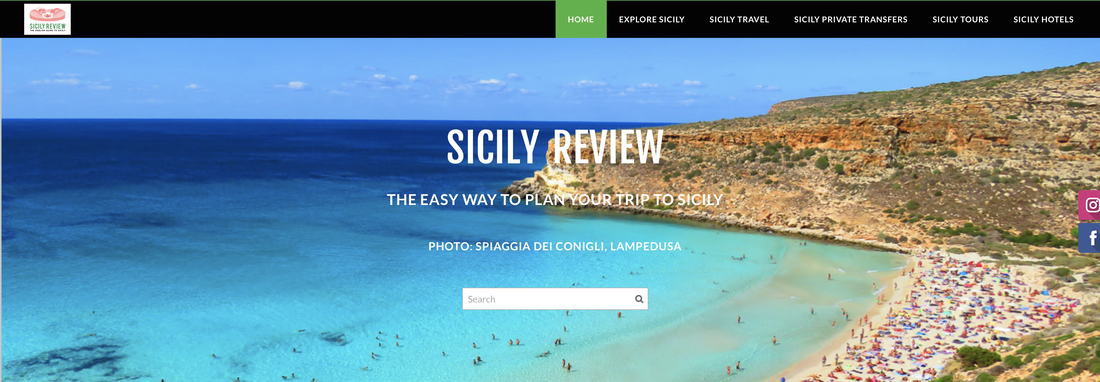Trieste
|
By Dion Protani
|
Latest update: 30 December 2023
|
|
With its location away from the main Italian peninsula on the Slovenian border combined with a heavy Austrian cultural influence, Trieste can at times feel somewhat detached from Italy but remains one of the country's most interesting cities with a distinct air of regal grandeur.
Situated at the eastern corner of the Gulf of Trieste at the northernmost point of the Adriatic, Trieste has long been of strategic importance and as such, control of it has been fiercely contested. |
Related links
History of Trieste: Greek Mythological Origins
This ancient city was incorporated into the Roman Republic in 178 BC and Greek mythology takes us back even further with Trieste connected to a visit by Jason and the Argonauts between 400 and 600 BC.
Many important historical events have shaped the city but some of the most significant changes have occurred within the last 250 years with the turmoil surrounding Italian unification and the world wars leaving an indelible mark on the city's architecture and culture.
This ancient city was incorporated into the Roman Republic in 178 BC and Greek mythology takes us back even further with Trieste connected to a visit by Jason and the Argonauts between 400 and 600 BC.
Many important historical events have shaped the city but some of the most significant changes have occurred within the last 250 years with the turmoil surrounding Italian unification and the world wars leaving an indelible mark on the city's architecture and culture.
Neoclassical Trieste
Trieste's Neoclassical centre owes its existence to the time of the Austrian Habsburg Empire for whom the city provided its only maritime port. When the eventual Austrian Empire was dissolved in 1918, Trieste became annexed to Italy and suffered a subsequent decline due to economical factors and its reduced military importance.
Trieste was again annexed in 1943, this time by the Germans and at the end of the Second World War it was classified as a Free Territory and underwent further political changes between 1954 and 1975 when it was shared between Italy and Yugoslavia. The geographical proximity of the Slavic nations of Slovenia, Croatia and Serbia has also influenced the city's culture in terms of architecture, food and even the local dialect.
Trieste's Neoclassical centre owes its existence to the time of the Austrian Habsburg Empire for whom the city provided its only maritime port. When the eventual Austrian Empire was dissolved in 1918, Trieste became annexed to Italy and suffered a subsequent decline due to economical factors and its reduced military importance.
Trieste was again annexed in 1943, this time by the Germans and at the end of the Second World War it was classified as a Free Territory and underwent further political changes between 1954 and 1975 when it was shared between Italy and Yugoslavia. The geographical proximity of the Slavic nations of Slovenia, Croatia and Serbia has also influenced the city's culture in terms of architecture, food and even the local dialect.
Trieste and Coffee
Modern-day Trieste is a thriving city with a port that sees around 40% of Italy's substantial coffee imports. Since the Habsburgs started importing coffee through Trieste to their capital Vienna in the 18th century, the city became synonymous with the beverage for which it has a proud heritage.
The well-known Illy brand of coffee originates from Trieste and with its citizens rumoured to drink twice as much as the rest of Italy, there are dozens of cafès in which to enjoy it such as the famous Caffè degli Specchi (The Cafè of Mirrors) among the best. There's even a coffee university here where you can learn how to properly appreciate the drink as well as coffee tours around the city.
Modern-day Trieste is a thriving city with a port that sees around 40% of Italy's substantial coffee imports. Since the Habsburgs started importing coffee through Trieste to their capital Vienna in the 18th century, the city became synonymous with the beverage for which it has a proud heritage.
The well-known Illy brand of coffee originates from Trieste and with its citizens rumoured to drink twice as much as the rest of Italy, there are dozens of cafès in which to enjoy it such as the famous Caffè degli Specchi (The Cafè of Mirrors) among the best. There's even a coffee university here where you can learn how to properly appreciate the drink as well as coffee tours around the city.
An Ill Wind: The Bora
The word "Bora" is never far from Italians' lips when preparing a visit to Trieste. The Bora is a fearsome wind that sometimes hits Trieste, rattling around its streets with some buildings providing special ropes to grab so that you don't lose your balance.
The word "Bora" is never far from Italians' lips when preparing a visit to Trieste. The Bora is a fearsome wind that sometimes hits Trieste, rattling around its streets with some buildings providing special ropes to grab so that you don't lose your balance.
Sightseeing Trieste
When the Bora isn't blowing (thankfully, most of the time), the busiest area of the city is its beautiful seafront with its huge public space of Piazza Unità d'Italia where you'll find grandiose examples of Neoclassicism in the shape of the Palazzo del Governo, Palazzo del Municipio and the Chamber of Commerce building. Locals also like to take walks along the seafront's pier called Molo Audace or cross to the Borgo Teresiano area with its canal-side, bars and restaurants.
One of Trieste's former residents James Joyce was a great lover of walks in the city and you can follow in his footsteps with walking tours that take in some of his favourite haunts. Another great area for walking is the "Città Vecchia", Trieste's "Old City" where you can find the Roman Theatre which, although heavily restored, offers a fascinating insight into its ancient past.
There are also some interesting museums to visit in Trieste including the Museo Teatrale Carlo Schmid, the Museo Revoltella and the Museo Sartorio as well as the Risiera di San Sabba: a grisly reminder of the Holocaust; the former Nazi concentration camp is now a museum. If you're planning on visiting multiple museums it might be worth your while to purchase an FVG Card which offers discounts and other concessions.
When the Bora isn't blowing (thankfully, most of the time), the busiest area of the city is its beautiful seafront with its huge public space of Piazza Unità d'Italia where you'll find grandiose examples of Neoclassicism in the shape of the Palazzo del Governo, Palazzo del Municipio and the Chamber of Commerce building. Locals also like to take walks along the seafront's pier called Molo Audace or cross to the Borgo Teresiano area with its canal-side, bars and restaurants.
One of Trieste's former residents James Joyce was a great lover of walks in the city and you can follow in his footsteps with walking tours that take in some of his favourite haunts. Another great area for walking is the "Città Vecchia", Trieste's "Old City" where you can find the Roman Theatre which, although heavily restored, offers a fascinating insight into its ancient past.
There are also some interesting museums to visit in Trieste including the Museo Teatrale Carlo Schmid, the Museo Revoltella and the Museo Sartorio as well as the Risiera di San Sabba: a grisly reminder of the Holocaust; the former Nazi concentration camp is now a museum. If you're planning on visiting multiple museums it might be worth your while to purchase an FVG Card which offers discounts and other concessions.
Comune di Trieste
|
Territory: UTI Giuliana
Region: capital of Friuli Venezia Giulia Population: 199,015 (source: ISTAT 1 January 2023) Size: 84 km² Top sights: Piazza Unità d'Italia, Borgo Teresiano, Roman Theatre Close by: Castello di Miramare, Barcola, Muggia, Grignano, Duino Recommended hotel: Savoia Excelsior Palace Trieste |
Trieste Travel
There are various ways to visit Trieste: from abroad you can fly into the Trieste - Friuli Venezia Giulia Airport, located near Monfalcone and a 35 minute drive from the city; connected to Trieste by bus and train. Road access is also very good as you would expect from a major city with many people choosing Trieste as a rental car collection point for road trips to Croatia.
Within the city itself there are trams and buses in operation as well as hop-on/hop-off tours. During the summer months you can also sail from Trieste to nearby seaside resorts such as Muggia, Barcola and Sistiana.
Within the city itself there are trams and buses in operation as well as hop-on/hop-off tours. During the summer months you can also sail from Trieste to nearby seaside resorts such as Muggia, Barcola and Sistiana.
|
Fly to: Trieste Airport - 34 minutes by car (40 km)
Main train station: Trieste Centrale (1 km to Piazza Unità d'Italia) |

